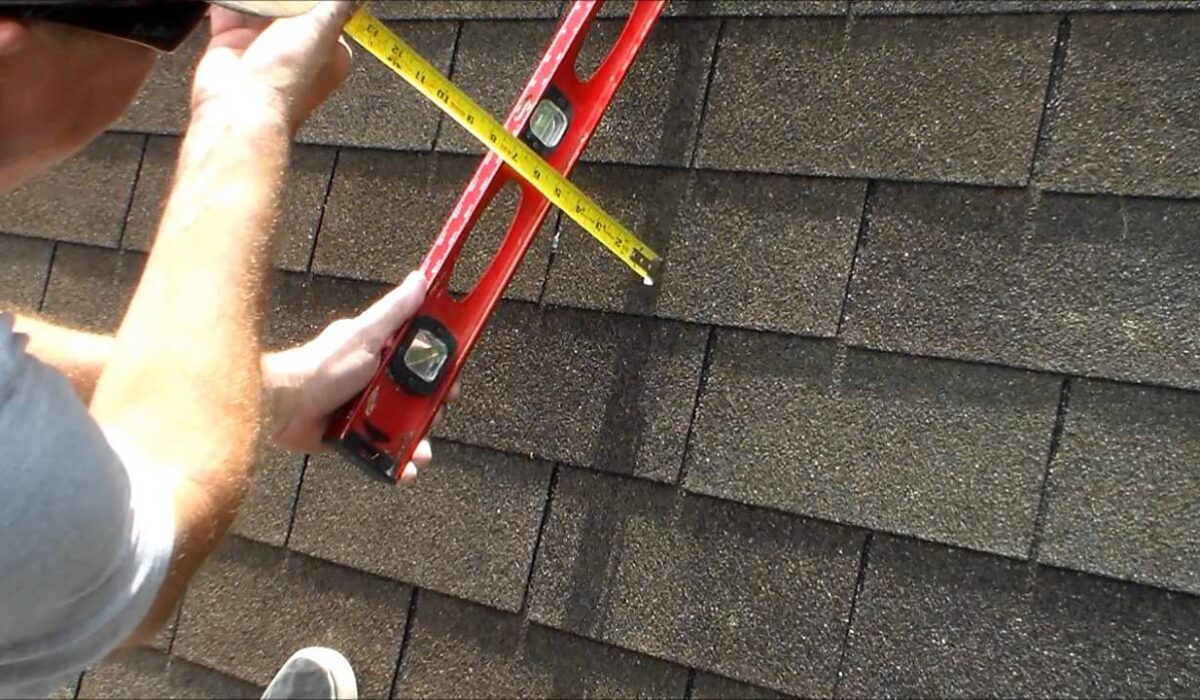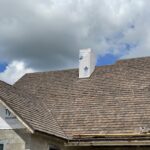How To Measure A Roofing Square
When it comes time to remove your old roofing and replace it with new shingles, there’s a lot of technical terminology that you might not understand. One of the first things you’ll encounter is the term “roofing square,” which refers to the basic units used to measure and describe the size and shape of a roof space. For homeowners, understanding how these measurements work can be an unfamiliar but vital part of planning for your replacement or repair job.
What Is a Roofing Square?
Shingles are the finishing touch on your roof. As you prepare for your roofing project, you’ll use squares to determine the amount of roofing materials you need, from asphalt shingles down to the underlayment. One square equals 10 X 10 ft., or 100 sq. ft. This unit of measurement determines how many shingles you’ll need for every 100 sq. ft. of rooftop.
How to Calculate a Roofing Square
Before beginning, there are a few items you’ll need to measure your roof. Make sure you have plenty of time to capture accurate measurements—you’ll want to get them right the first time. First and foremost, we recommend grabbing your measuring tape, level, pen and paper, as well as your ladder. Safety helmets are also an essential requirement when working on a roof!
Roofing repairs can be costly and challenging. Thankfully, there is an easy way to determine how much roofing work your home needs. If you’ve ever wondered about the importance of understanding roof planes, this post is for you.
To find the square footage of your roof, simply measure each plane by following these simply steps:
1. Determine the number of planes. Your roof is made up of planes. If you have a flat roof, it has one plane. If you have a simple gable roof, it has two planes. The more architectural details your roof has, the more planes you will have to measure.
2. Measure each plane. Find the length and width of each plane. Then, multiply those two numbers together to find the square footage of that plane.
For example, a 35 ft. X 36 ft. plane = 1260 sq. ft.3. Find the total of all the planes
4. Let’s say you have a roof that is 14,950 square feet. To find out how many squares are on your roof, divide the total square footage of all your planes by 100. In our example the total is 25.2 squares — 2,520 sq. ft. divided by 100
5. When building your shed, take into account the roof slope. This is how steep a roof is and may increase or decrease how many squares of material you need to accommodate the angle. It’s calculated by determining how many inches it rises vertically for every 12 inches it extends horizontally and depending on your setup, may require more materials than anticipated.
Roof slope is calculated by determining how many inches a roof rises vertically for every 12 inches it extends horizontally. For example, if that vertical rise is 4 inches, the slope is 4:12.
The number of roofing squares you need to cover a roof is dependent on the size of the roof and the pitch of the roof. You can use an online shingle calculator or roof slope calculator to help run the calculations. Once you know the total number of squares you want to cover, consider adding up to 10% in overage to account for error and installation.
When it comes to choosing the right size for your roof, don’t rely on square footage alone. Your home’s overhangs, architectural details and slope all increase the size of a home’s roof. For example, a 2,200 sq. ft. home (22 squares) might have a 3,500 sq. ft. roof (35 squares).
How to Calculate Number of Roofing Shingles
You don’t have to make a haphazard shingle estimate when planning for your roofing project. Your roof size and chosen shingle type will guide the purchase process. Shingles are sold in prepackaged bundles, not individually. Roofing manufacturers take the guesswork out of how many bundles you need per square: it’s listed in the specifications of each shingle they make.
Sometimes, three bundles of prepackaged asphalt shingles make one square. However, this isn’t always the case. For example, five bundles of architectural asphalt shingles with artisan-crafted shapes, like Grand Sequoia® Shingles, cover one square. Once you know your project size, check the shingle manufacturer specifications so you get your hands on exactly what you need.
Explore your options for your new roof with the GAF VirtualRemodeler. This free online tool helps you envision how different shingle colors and styles would work with your home’s style, even if you want to make changes to the shape of your house or add dormers. Make sure to keep local building codes in mind as you weigh your shingle options.
GAF® offers a wide array of benefits for contractors enrolled in the certification program, including access to marketing tools and discounts on products from GAF. Contractors who participate are independent businesses that are not employees or agents of GAF, so their participation benefits them directly by offering loyalty rewards points, access to marketing materials and discounted equipment.




